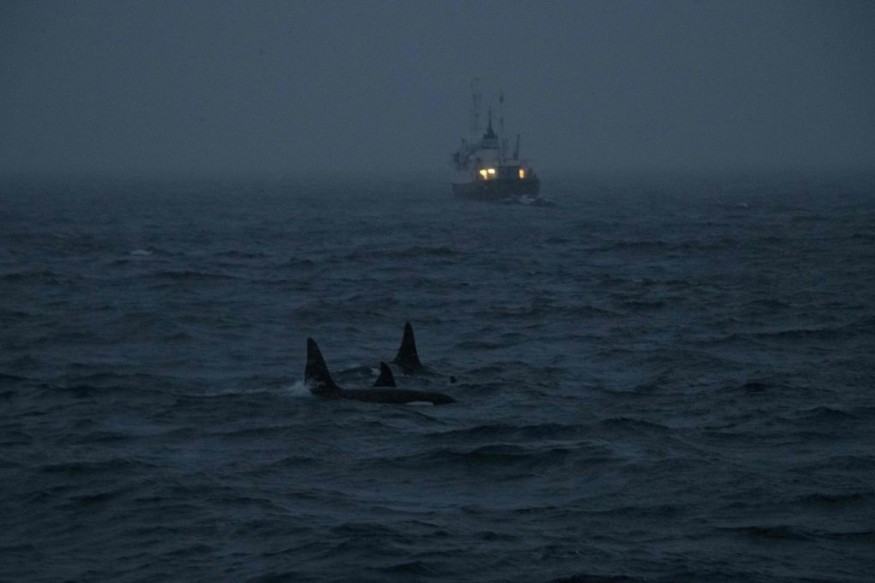
A pod of 13 killer whales that appears to be trapped by sea ice off Japan's northern island of Hokkaido has reportedly fled safely, officials said.
A local fisherman noticed the killer whales, commonly known as orcas, and reported them to officials.
Trapped Orcas
A footage showing the 13 orcas peeking out of a narrow opening in the ocean approximately 1 kilometer off the shore of Rausu on the Shiretoko peninsula, a UNESCO World Heritage site known for its abundant wildlife.
A pod of about 10 killer whales has been found trapped in a small gap in drift ice off the coast of Rausu, a town in northeastern Hokkaido. According to NHK, "the town can only watch and hope that the drift ice breaks apart, allowing the orcas to escape." pic.twitter.com/AKLnGvgU2O
— Jeffrey J. Hall 🇯🇵🇺🇸 (@mrjeffu) February 6, 2024
The town said that the heavy ice made it impossible for the coast guard, which had been notified by a fisherman, to attempt to free the animals.
When officials went to the coast in the evening, they discovered the pod had relocated to the north, and it was gone by the following morning, according to Rausu official Masataka Shirayanagi.
Officials believe the killer whales were able to release themselves from the drift ice when the gap between them widened.
"We believe they were able to escape safely," Shirayanagi said.
Seiichiro Tsuchiya, a marine life expert who used a drone to video the stricken animals, said he noticed the pod while conducting a study on the local sea lion population.
"I saw about 13 killer whales with their heads sticking out of a hole in the ice. They seemed to be struggling to breathe, and it looked like they included three or four calves," he added.
The largest cetaceans can spend extended periods of time below, although orcas typically stay submerged for only a few minutes.
Every winter, drift ice blankets the sea off the eastern coast of Hokkaido, Japan's northernmost main island. The amount of ice has reduced in recent years as a result of rising water temperatures induced by the climate catastrophe.
According to officials, the ice sheets moved very slowly this week due to a lack of wind.
Health Concern For The Orcas
Concerns over the whales' health arose both inside and outside of Japan, prompting calls for assistance from the Japanese government. One group requested that the Defense Ministry dispatch an icebreaker to assist in their rescue.
Although the caught whales were in Japanese waters, they were not far from a disputed island between Japan and Russia. Japan used the annual Northern Territory Day to reiterate its demand for the return of the Russian-held islands.
Chief Cabinet Secretary Yoshimasa Hayashi said that killer whales are not listed as an endangered species in Japan and that officials were watching the situation as Japan and Russia discussed it.
It is not the first time that orcas have had trouble in the area. In 2005, numerous whales died after becoming caught in sea ice off Rausu, a famous summer whale-watching destination.
Shiretoko, or "land's end," is the northern hemisphere's lowest point where Arctic sea ice can be seen. The ice's origins are 1,000 kilometers away, in the icy waters of the Amur River in the Russian Far East. As they travel south across the Sea of Okhotsk, crystals transform into sheets that brush against one another to form massive slabs of blue-white ice.
Related Article : Hundreds of Whales Get Stranded in Tasmanian Beach Two Years After Similar Stranding Event
© 2025 NatureWorldNews.com All rights reserved. Do not reproduce without permission.





